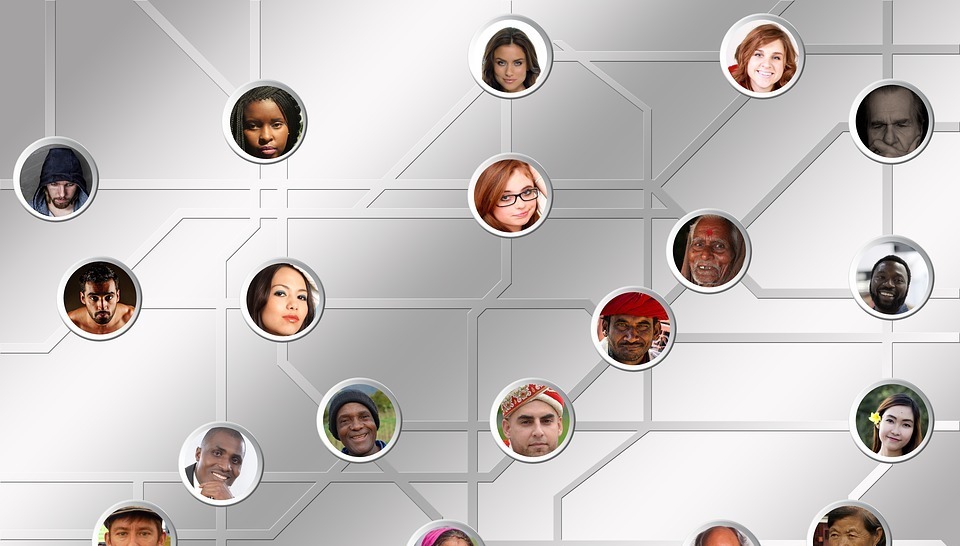Who are the people in your team?
If you want to build and develop a high performing team it’s essential that you’ve an in-depth understanding of who is in the team. The team members must be structured in an effective way, with clarity around their individual roles. You need to understand their skills and capabilities, as well as their working styles and preferences. The standards and behaviours expected of team members also need to be clearly defined, communicated and bought into.
Thinking about these four elements will provide a base on which to build strong relationships between the team members.
Structure and roles
The starting point of building a high performing team should be to consider the way the team is structured. As you initially build the team this may be quite simple and straight forward. However, as your team grows you’ll need to regularly review its structure to ensure you’re operating in the most effective and efficient way.
Once you’ve got your team structure outline you’ll need to consider the detail of the roles needed within the structure. You need to clearly detail the responsibilities and accountabilities of the roles as well as the skills, knowledge, behaviours and experiences required to perform the roles successfully. These role profiles should be used to recruit members into the team and to develop them once they are in position.
Skills and capabilities
It’s important to have an understanding of the skills and capabilities of all team members. This will ensure that the team as a whole has the range of skills needed to meet its challenges, and is capable to deliver its purpose. Having a clear understanding at an individual level also allows the team to play to the members’ strengths and build on them. Building on strengths can increase overall team performance much more effectively than trying to develop weaknesses.
Areas of skills and capabilities to consider could include
• technical and functional skills,
• qualifications,
• behavioural skills,
• experiences, and
• leadership skills.
When you’ve an understanding of the range of team skills and capabilities, you can use that information to identify gaps. These gaps can be filled by recruitment to change the composition of the team and bring in new people with new skills or by developing existing members. Decisions can also be made to change the mix of the team if things aren’t optimised for what the team has to deliver.
Depending on the nature and purpose of the team, it may be that the range of skills needed changes over time. You need to review regularly as the team makes progress against its challenges and deliverables through its lifecycle.
Preferences and styles
Teams are made up of people, and each of those people is an individual with their own personality, preferences and style of working. There is no good or bad, right or wrong – just different styles.
Members of teams need to value each other and value difference and diversity. They can then maximise each other’s talents. It’s important that team members know each other’s strengths and compensate for their weaknesses in how they work.
A team member needs to have clarity of their own preferences and style, and how that affects other people before they can positively influence other team members. Once team members have an understanding of themselves, and their impact on others, they can then start to adapt their behaviours and approaches. They will then work more effectively with their colleagues for the benefit of the team as a whole.
There are many tools and tests which can be used to help team members get more knowledge of themselves. Personality and occupational questionnaires explore aspects such as preferences and attitudes, motivations, interests and values, how people do things and how they are likely to behave in certain situations. Many of these psychometric tests need to be administered and the results fed back by qualifies users. This ensures the best possible outcome and understanding from the test and that the results can be explored in detail through discussion to achieve the maximum benefit.
Standards and behaviours
Defining and agreeing a set of clear standards and behaviours for team member interaction may sound somewhat over the top. However, having a set of ‘ground rules’ can make a real difference to how a team performs. Defining the expectations removes any ambiguity and gives the team a framework to operate within. The expectations around standards and behaviours could cover areas such as respect of each other and team processes, participation and contribution, collaboration, trust and keeping promises. However, working with team members to develop their own set will encourage their engagement and buy-in.
©2023 AWD Development Solutions Ltd.
Share this post:

